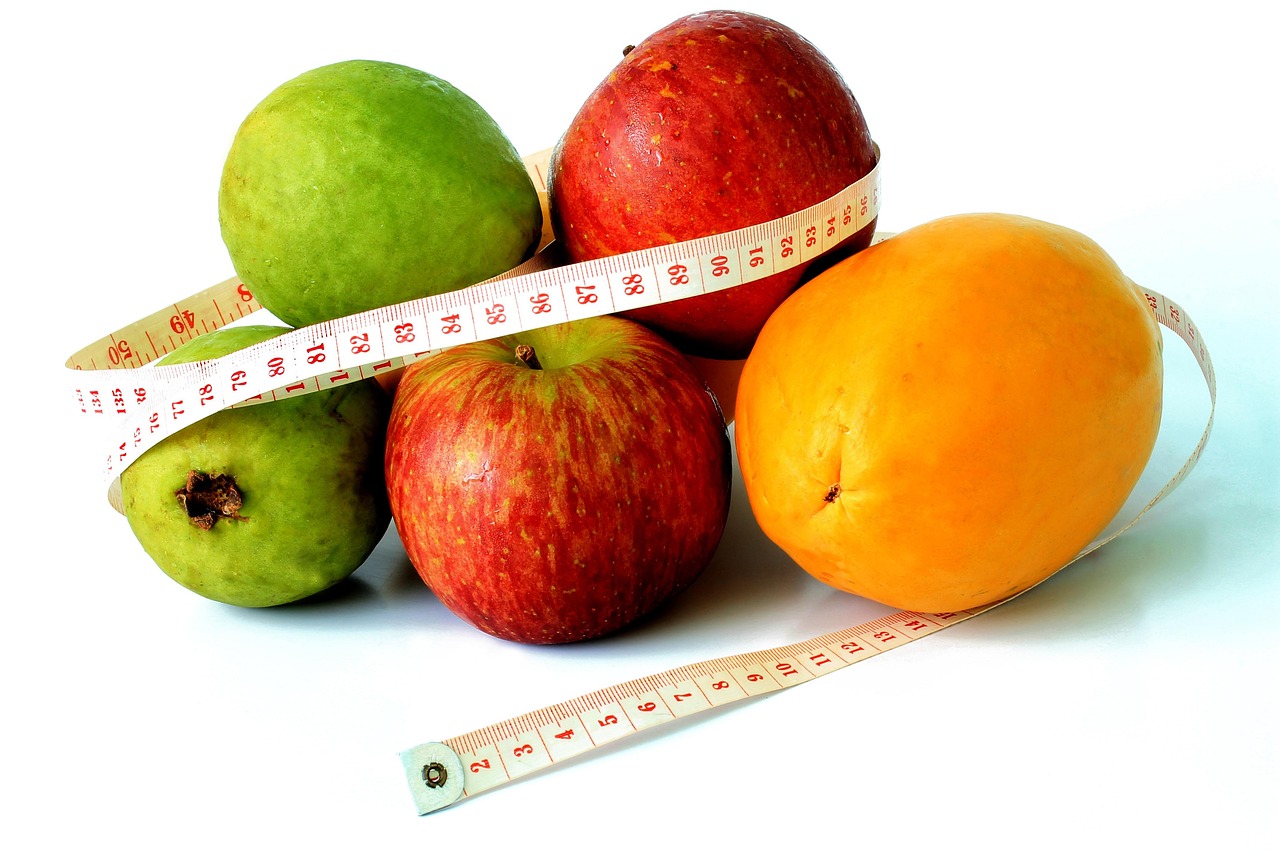Torque Converter
A Torque Converter is a mechanical device used in automatic transmissions to transfer rotational power from the engine to the transmission. It plays a critical role in vehicles equipped with automatic transmissions, allowing for smooth acceleration, deceleration, and shifting without the need for a manual clutch.
A Torque Converter is a mechanical device used in automatic transmissions to transfer rotational power from the engine to the transmission. It plays a critical role in vehicles equipped with automatic transmissions, allowing for smooth acceleration, deceleration, and shifting without the need for a manual clutch.
Key Functions of a Torque Converter:
-
Torque Multiplication:
- The torque converter amplifies the engine's output torque during acceleration. This helps provide more power to the wheels without the need for a manual gear change.
-
Allowing for Smooth Gear Shifts:
- The torque converter allows the vehicle to smoothly change gears. It enables the engine to keep running while the vehicle slows down or stops, without stalling.
-
Transmission of Power:
- It transmits power from the engine to the transmission via hydraulic fluid, enabling the vehicle to operate at varying speeds and loads.
Main Components of a Torque Converter:
A typical torque converter consists of three main components:
-
Impeller (or Pump):
- The impeller is connected to the engine's flywheel and rotates with the engine. It draws transmission fluid into the converter and pushes it towards the turbine.
-
Turbine:
- The turbine is connected to the input shaft of the transmission and is powered by the fluid flow from the impeller. As the fluid moves through the turbine, it causes the turbine to rotate, transferring power to the transmission.
-
Stator:
- The stator sits between the impeller and the turbine and redirects the fluid flow, helping improve efficiency by preventing fluid from flowing in the wrong direction. It also helps increase torque during low-speed acceleration.
-
Lock-Up Clutch (Optional):
- In some modern vehicles, the torque converter includes a lock-up clutch that locks the impeller and turbine together at higher speeds. This direct connection allows for more efficient power transfer and better fuel efficiency, preventing slippage between the components.
How a Torque Converter Works:
The torque converter operates through the following steps:
-
Starting:
- When the vehicle starts, the engine spins the impeller, which pushes fluid towards the turbine.
-
Fluid Transfer:
- The fluid moves through the stator and hits the turbine blades, causing the turbine to rotate and transfer power to the transmission. The stator helps redirect the fluid to improve efficiency.
-
Acceleration:
- During acceleration, the torque converter's fluid flow increases, and the turbine speeds up, transferring more power to the transmission.
-
Lock-Up (in modern systems):
- At higher speeds, the lock-up clutch engages, and the impeller and turbine rotate as a single unit, resulting in direct mechanical connection and improved fuel efficiency.
-
Deceleration:
- When the vehicle slows down or comes to a stop, the torque converter prevents the engine from stalling by allowing the engine to idle while the vehicle is not moving, thanks to the hydraulic fluid flow.
Torque Converter vs. Manual Transmission Clutch:
-
Manual Transmission:
- A manual transmission uses a clutch to disconnect the engine from the transmission, allowing the driver to change gears. The clutch requires the driver to manually disengage and engage gears, and the vehicle can stall if the driver doesn't engage the clutch at the right time.
-
Torque Converter:
- A torque converter automatically manages the transfer of power from the engine to the transmission without requiring any manual input. It allows the vehicle to change gears smoothly, making it easier for drivers to operate the vehicle, especially at low speeds or when idling.
Torque Converter vs. Continuously Variable Transmission (CVT):
-
Torque Converter (Automatic Transmission):
- Traditional automatic transmissions with a torque converter use a set of gears to change the speed and torque. Shifting between these gears creates the feeling of "gears changing" while driving.
-
CVT:
- A CVT uses a different mechanism for smooth, uninterrupted power delivery, and it doesn't have a traditional set of gears like a torque converter. Instead, the CVT adjusts the engine’s power output to maintain optimal RPM and efficiency at all times, providing a smoother driving experience.
Applications of Torque Converters:
-
Automobiles:
- The most common application of torque converters is in automatic transmissions in vehicles, such as cars, trucks, and buses. They are responsible for transferring engine power to the drivetrain without requiring a manual gear shift.
-
Heavy Equipment:
- Torque converters are used in construction machinery, such as bulldozers and excavators, to provide smooth power transfer in challenging environments.
-
Marine Vessels:
- Some boats and ships also use torque converters to provide smoother acceleration and deceleration.
-
Industrial Machinery:
- In some industrial applications, torque converters are used to transmit power efficiently in machines that require varying speeds and torque levels.
Advantages of a Torque Converter:
-
Smooth Acceleration:
- Torque converters provide a smoother, more comfortable driving experience compared to manual transmissions by eliminating the need for clutch engagement.
-
Prevents Engine Stalling:
- The converter ensures that the engine remains running while the vehicle is stopped, unlike a manual clutch, which can cause stalling if not managed correctly.
-
Power Efficiency:
- At lower speeds, torque converters can multiply the engine’s torque, allowing for easier acceleration.
-
Reduced Driver Effort:
- Automatic transmissions with torque converters require less effort from the driver, especially in stop-and-go traffic.
Disadvantages of a Torque Converter:
-
Efficiency Loss:
- Torque converters can experience some loss of efficiency due to fluid slippage, particularly at higher speeds. However, modern torque converters with lock-up clutches minimize this issue.
-
Complexity and Cost:
- Torque converters add complexity to the drivetrain, which can lead to higher repair costs if issues arise.
-
Slower Acceleration:
- While torque converters multiply torque at low speeds, they can result in slower acceleration compared to manual gear systems in certain situations.
Conclusion:
A Torque Converter is a vital component of automatic transmissions that facilitates the transfer of power from the engine to the transmission. It enables smooth vehicle operation without the need for manual shifting, making it particularly useful in automatic transmission vehicles. Its ability to multiply torque and prevent engine stalling contributes to a comfortable driving experience, although there can be some efficiency trade-offs.
Would you like to know more about how a torque converter works in a specific context or car model?













